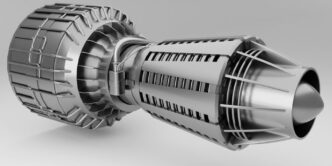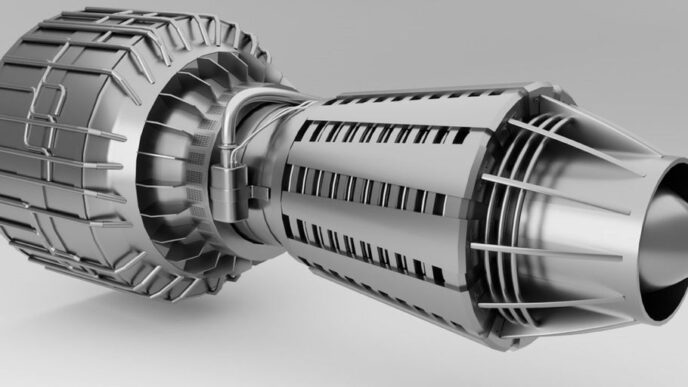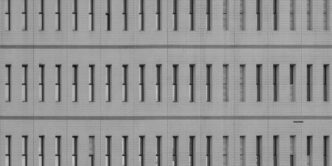Electromagnetic vibration tables are invaluable tools in structural analysis and testing, enabling researchers and engineers to evaluate the dynamic behavior and performance of structures under controlled vibration conditions. These tables offer a wide range of applications in industries such as aerospace, civil engineering, automotive, and manufacturing. This article highlights the significance of electromagnetic vibration tables in structural analysis and testing and explores their diverse applications in this field.
1. Modal Analysis and Natural Frequency Determination
One of the primary applications of electromagnetic vibration tables in structural analysis is modal analysis. By subjecting a structure to controlled vibrations with varying frequencies, researchers can identify the natural frequencies and mode shapes of the structure. This information is crucial for assessing the structural integrity, predicting potential failure modes, and designing systems to avoid resonance. Electromagnetic vibration tables allow for precise control of vibration parameters, facilitating accurate modal analysis and empowering engineers to optimize the performance and reliability of structures.
2. Structural Response and Dynamic Load Testing
Electromagnetic vibration tables play a vital role in evaluating the dynamic response of structures subjected to various loading conditions. By simulating dynamic loads experienced during operation, transportation, or extreme events, researchers can assess the structural response and evaluate the adequacy of design. These tests help ensure structural durability, identify potential areas of improvement, and validate the safety of structures under real-world conditions. Electromagnetic vibration tables enable controlled and repeatable dynamic load testing, providing valuable insights for design optimization and risk mitigation.
3. Fatigue Assessment and Life Estimation
Understanding the fatigue behavior of structures is essential for ensuring their long-term reliability. Electromagnetic vibration tables enable researchers to subject structures to controlled vibration patterns that simulate real-world dynamic loads, such as those experienced by bridges, aircraft components, or offshore platforms. By evaluating the fatigue response under different vibration regimes, engineers can estimate the expected fatigue life of structures and plan maintenance or repair intervals accordingly. This helps prevent premature failures, optimize maintenance strategies, and enhance the service life of structures.
4. Seismic Testing and Earthquake Engineering
Electromagnetic vibration table find extensive applications in seismic testing and earthquake engineering. Earthquakes exert complex vibrations on structures, which require careful analysis and evaluation to ensure structural safety. Electromagnetic vibration tables can simulate earthquake motions, allowing for accurate testing of structural response under seismic conditions. By subjecting structures to controlled seismic vibrations, engineers can assess their behavior, evaluate the effectiveness of structural mitigation measures, and improve the overall seismic performance of buildings and infrastructure.
5. Product Validation and Quality Assurance
Electromagnetic vibration tables are instrumental in product validation and quality assurance, particularly in industries such as automotive and aerospace. These tables enable manufacturers to evaluate the response of components, subassemblies, and finished products to vibration conditions encountered during operation or transportation. By subjecting products to controlled vibrations, manufacturers can identify potential design flaws, assess performance, and validate product reliability. Electromagnetic vibration tables aid in meeting regulatory requirements, improving product quality, and reducing the risk of failures or recalls.
6. Research and Development in Structural Engineering
In the field of structural engineering, electromagnetic vibration tables serve as powerful research and development tools. Researchers can utilize these tables to study the effects of specific parameters, such as material properties, geometric configurations, or structural systems, on the dynamic response of structures. This research enables advancements in structural design methodologies, innovative materials, and optimization techniques. Through experimental investigations on electromagnetic vibration tables, researchers can refine analytical models, validate numerical simulations, and contribute to the body of knowledge in structural engineering.
Conclusion
Electromagnetic vibration tables offer a myriad of applications in structural analysis and testing. By providing precise control over vibration parameters, these tables empower researchers and engineers to evaluate the dynamic behavior, response, and performance of structures in industries ranging from aerospace and automotive to civil engineering and manufacturing. The versatility and accuracy of electromagnetic vibration tables make them indispensable tools for ensuring structural integrity, optimizing designs, enhancing product reliability, and advancing the field of structural engineering.













